Content
Cherry is grown by many, as its fruits are very useful for the human body. At the same time, the culture is undemanding to care and begins to bear fruit already in the third year after planting. The fact that berries are drying on cherries can often be heard from novice gardeners. In this case, one cannot count on a generous harvest. It is unambiguous to answer why this is not happening, because various factors can provoke this process.
List of reasons why cherries dry fruits
There are a number of reasons why berries dry on cherries. Therefore, in order to understand what triggered this process in this particular case, you need to consider each problem separately. Without this, it will be impossible to restore the yield of the tree.
Diseases and pests
Often, pests or diseases are the reason why the fruits on the tree dry out. This is due to the lack of attention to culture, which leads to a weakening of the immune system. After all, as you know, weakened plants are primarily affected.
- Anthracnose. This disease is the main reason that cherries dry out after ripening. Initially, dull dots appear on the fruits, which gradually increase in size and become bumps of a pink hue. Subsequently, due to low humidity, the berries turn black, dry out and fall off.
Massive anthracnose infestation leads to a yield loss of up to 80%
- Moniliosis. This is a dangerous disease that appeared relatively recently in the 90s of the last century. It affects not only leaves, shoots and fruits, but can also lead to the death of the entire tree. Sore areas resemble a burn. Then the bark becomes covered with chaotic gray growths, which then rot. The fruits are also covered with dark spots, which subsequently increase in size. Sporulation pads are then formed on them.
The main sign of moniliosis is dark rings on the cut of a cherry shoot
- Coccomycosis. This disease initially affects the leaves of the plant, which is manifested by red-brown spots, the diameter of which reaches 2 mm. In the future, their number only increases, and they grow together into a single whole. The affected areas on the back of the foliage look like pink or gray-white pads. It is in them that the spores of the fungus are found and ripen. Subsequently, with a massive defeat, the disease passes to the fruit, as a result of which the cherries begin to dry right on the tree.
Coccomycosis causes premature leaf fall, drying of shoots and fruits
- Cherry fly. The danger of this pest is that it can go unnoticed for a long time. It looks like a small fly, the length of which does not exceed 5.5 mm. The body is black, shiny. The head and legs are yellow, the eyes are green, and the shield is orange. Initially, the female pierces the fetus to leave the egg-laying in it.Subsequently, larvae appear, which feed on the pulp of the ripe fruit. As a result, the berries on the cherry turn black and dry out.
The main harm to cherry fruits is caused by the white larvae of this pest.
Lack of nutrients
One of the reasons that the berries dry up on cherries may be a lack of essential components in the soil. During the active growing season, the tree needs nitrogen, but during flowering, the formation of the ovary, and the ripening of the fruits, its needs completely change. He needs phosphorus and potassium. In their absence, the cherry begins to get rid of excess fruits that it is not able to provide with adequate nutrition.
Increased acidity of the soil
An increased acidity of the soil can also provoke a lack of nutrition. If the indicator is above 4 ph, then you need to be prepared for the fact that the cherry berries will begin to dry and turn black, before they have time to ripen. This is due to the fact that under such conditions, the culture is unable to fully absorb nutrients from the soil, which causes their deficiency.
Density of the crown
Drying of the ovary can provoke a lack of light, which is caused by the lack of timely pruning. As a result, the crown of the tree thickens, which leads to premature drying of the fruit.
Lack of pollination
Often, green cherries dry up on the tree as a result of incomplete pollination. Initially, the fetus begins to grow, but since there is no seed in it, it stops developing and mummifies.
The main types of culture:
- self-infertile - pollination of pollen does not exceed 4% of the total;
- partially pollinated - a full-fledged ovary is formed within 20%;
- self-fertile - berries are formed about 40%.
When buying cherry seedlings, it is recommended to immediately check with the seller what type it belongs to.
Damage to skeletal branches
Fruits on cherries can dry out if the skeletal branches of the tree are damaged. As a result, metabolic processes do not occur in full. This can be determined by cutting off such a branch. If damaged, the wood inside is not white, as usual, but a brown tint, which indicates partial tissue necrosis.
Weather
In some cases, the reason why young cherries dry on a tree and then fall off is unfavorable weather conditions during flowering. The pollen retains its ability to form an ovary for three days. And if at this time there is constant precipitation or the air temperature drops significantly, then these factors do not contribute to the flight of pollinating insects.
Violation of the rules of agricultural technology
Failure to comply with the basic requirements of the culture can also provoke drying out of the fruit. Planting cherries near other trees results in insufficient lighting. As a result, the yield suffers, and the berries begin to mummify and fall off, never reaching technical maturity.
The lack of moisture during and after flowering also negatively affects the development of fruits. This leads to the fact that the biological processes in the tree slow down and the berries do not receive nutrition in the required amount. As a result, they stop developing and subsequently dry out.
Close occurrence of groundwater
Not only a lack of moisture can negatively affect the development of fruits, but also excess. Planting cherries in an area with a close occurrence of groundwater leads not only to a decrease in yield, but also to the death of the entire tree. This occurs as a result of erosion of the plant's root system.
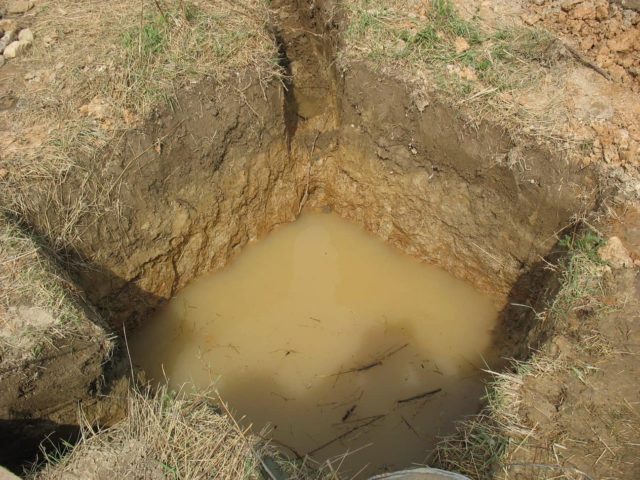
Constant stay of tree roots in water is unacceptable
What to do if cherries dry on a tree
After it was possible to find out the reason why cherries dry on the branches, urgent measures must be taken to eliminate the provoking factor. Action should be taken depending on the situation.
Processing cherries if the berries dry out due to illness
If the cherry berries dry out due to a disease, then fungicide treatment should be carried out. It is also important to remove and burn damaged leaves and shoots whenever possible to prevent further spread.
- Anthracnose. The affected tree must be treated twice with the "Poliram" preparation - before and after flowering. And spray the third time after two weeks. These measures will be enough to kill the fungus.
- Moniliosis. Before processing the crown, it is necessary to clean it from the affected branches. First of all, cut off all diseased shoots 10 cm below the infected area. After that, cover open wounds with garden varnish. The bark of the tree should also be cleaned to a healthy tissue, and after that the cherry should be sprayed with a complex preparation "Nitrafen".
- Coccomycosis. To destroy the fungus, it is necessary to collect and burn fallen leaves and damaged shoots in the fall. Treat the crown twice with Bordeaux mixture in early spring and after pruning before winter.
How to process cherries if the fruits dry out due to pests
If pests are to blame for the fact that the cherries are drying out, then it is necessary to use special means to destroy them. Chemical treatment can be carried out during the growing season, after flowering and harvesting.
For treatment, you can use the insecticide "Iskra" or "Bi-58".
In other periods, a folk remedy based on tomato tops should be used. To do this, it must be infused in water for two days in a ratio of 1: 3, and then spray the crown with the resulting solution.
How to save cherries if the fruits wrinkle and dry
If the reason for the drying out of the fruit was mistakes made in the care, then measures should also be taken to eliminate them.
To lower the acidity level, it is necessary to liming the soil. It must be carried out until the ovary is formed. To prepare a special solution, dilute 3 kg of lime in 10 liters of water. This volume is enough to process 1 sq. m.
For the ovary to develop well, it is necessary to provide the cherry with adequate nutrition. Every spring, during the growing period, the leaves of the tree must be fertilized with humus. Make a small ditch along the diameter of the crown, where and apply top dressing at the rate of 10 kg per one adult plant. Then level the soil. Also, feeding should be carried out during flowering, ovary formation and fruit ripening. During this period, it is necessary to use superphosphate (50 g) and potassium sulfate (30 g) per 10 liters of water. Fertilizers should be applied by watering at the root.
Sanitary pruning of the crown should be carried out annually in autumn and spring. It consists in removing dry, damaged and thickening branches.
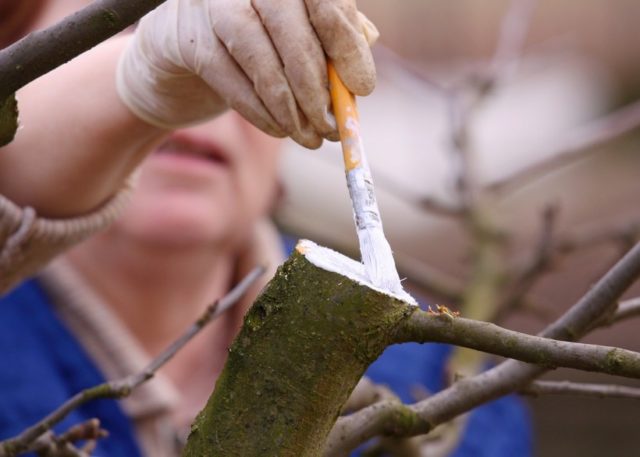
All open wounds should then be treated with garden varnish to exclude infection.
During dry periods, watering should be carried out at the rate of 20 liters per tree.

The procedure should be carried out at intervals of three weeks to eliminate the likelihood of root rot development.
How to fix the situation if there are not enough pollinators
Many varieties of cherries are self-fertile, therefore, for full-fledged fruiting, they need cherries close at a distance of 2-2.5 m, but only of a different type.
The best pollinators are:
- Lyubskaya;
- Shubinka;
- Zhukovskaya.
How to protect cherries from drying out
Preventing cherry berries from drying out is much easier than fixing the problem later.After all, it is not always possible to find the root cause of this phenomenon. Often, the berries wrinkle and fall off as a result of a whole complex of provoking factors.
The main preventive measures:
- timely pruning and thinning the crown;
- collect and burn affected branches, berries and leaves;
- dig up the soil at the base in the fall;
- whitewash the trunk in early spring;
- regularly do top dressing;
- watering cherries during a drought;
- timely do preventive treatments for pests and diseases.
Conclusion
If the berries dry on the cherry for the first 2-3 years after planting, then this is a natural process. After all, a young seedling simply does not have enough strength for their full nutrition. In this case, there is no cause for concern. But if the ovary shrivels and the berries fall off in mature trees and this happens every year, then urgent measures must be taken to eliminate the problem.
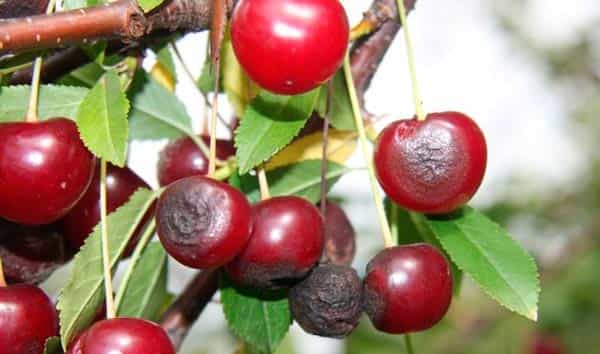
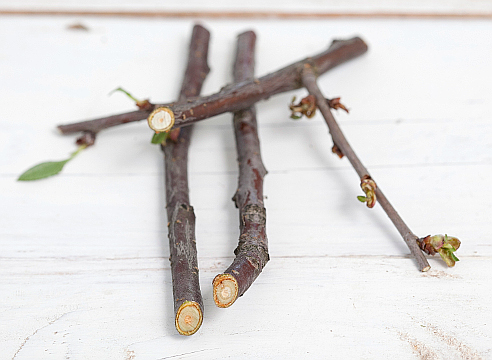
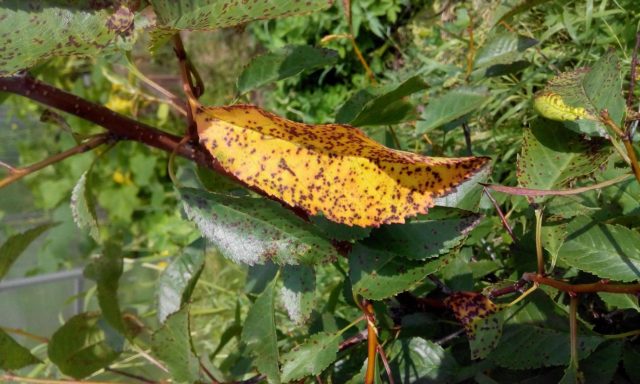
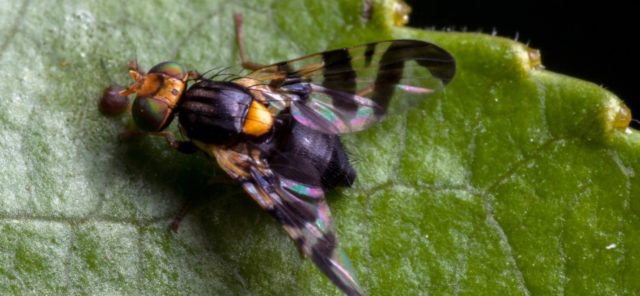


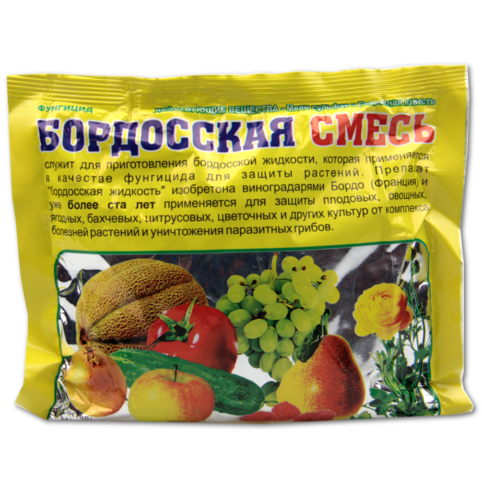

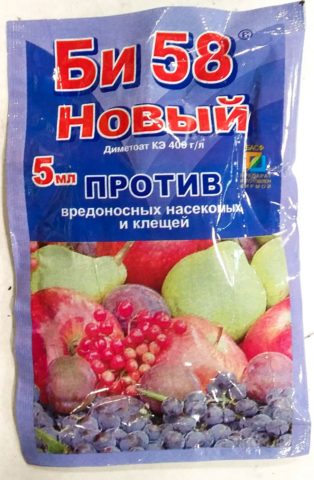
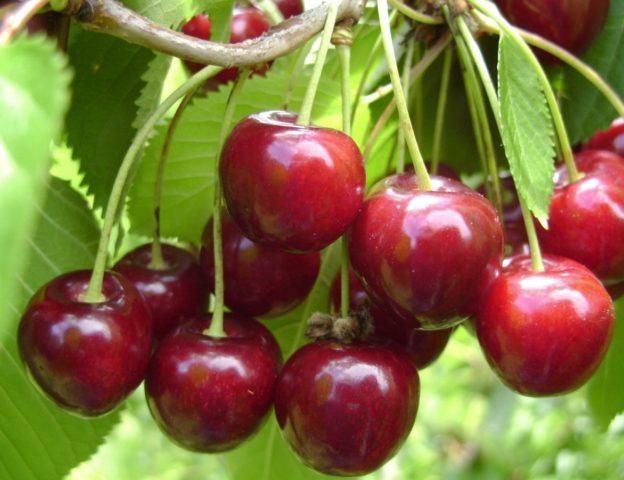
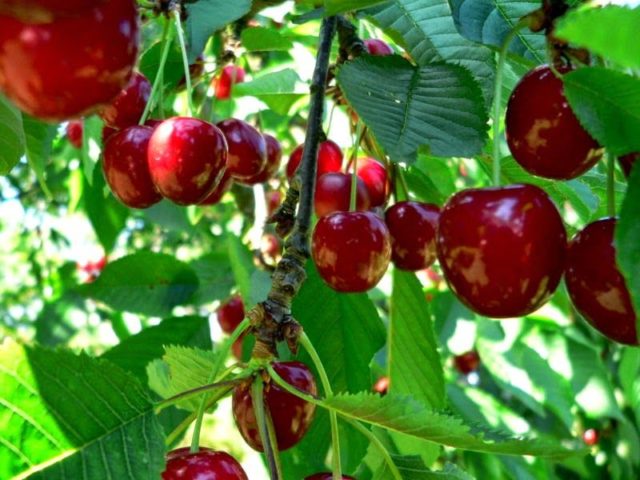
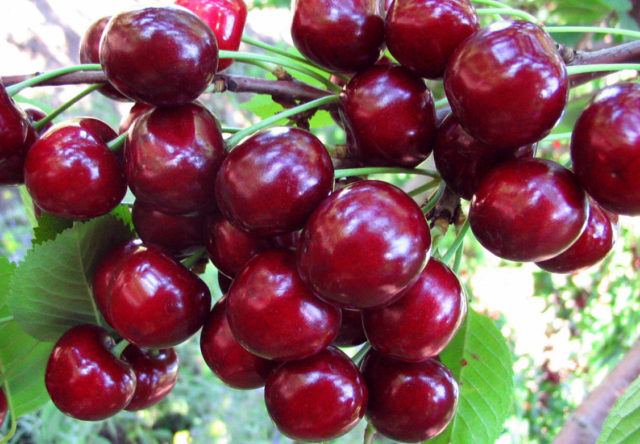









When to pour a chalk solution on cherries